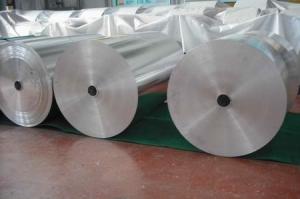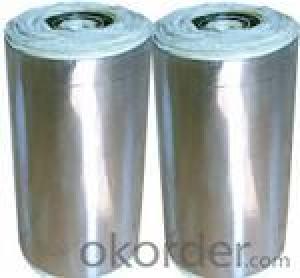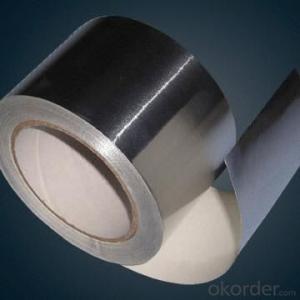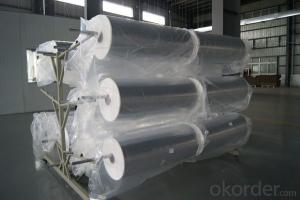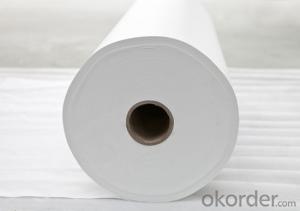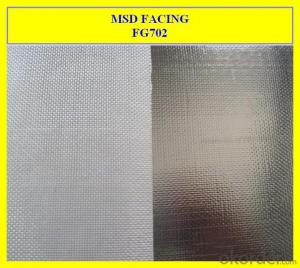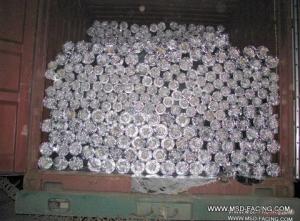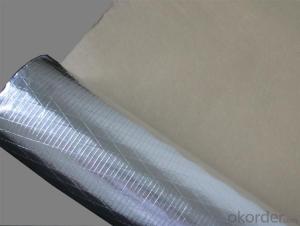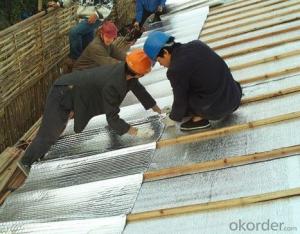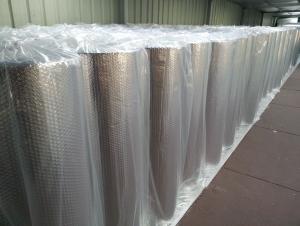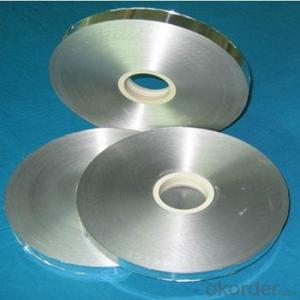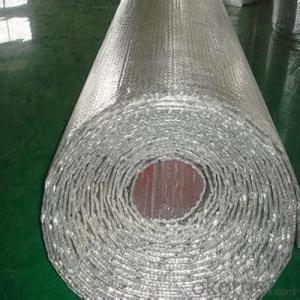Aluminum Foil On Pit Boss
Aluminum Foil On Pit Boss Related Searches
Led Light Bulbs For Ceiling Fixtures Led Lamps For Ceiling 42 In Ceiling Fan With Light Aluminum Coil Stock For Gutters Aluminum Foil For The Grill Hole Saw For Aluminum Plate Aluminum Tread Plate For Trailer Bow Plate For Aluminum Boat Aluminum Foil For Grow Room Aluminum Foil For Joint PainHot Searches
Stock Price For Aluminum Aluminum Coil Stock For Sale Aluminum Gutter Coil For Sale Used Aluminum Scaffolding For Sale 1/4 Aluminum Plate For Sale Aluminum Bar Stock For Sale Aluminum Round Stock For Sale Aluminum Diamond Plate For Sale Aluminum Scaffolding For Sale Craigslist 6061 Aluminum Plate For Sale Aluminum Dock Plate For Sale 7075 Aluminum Plate For Sale Aluminum Tread Plate For Sale Aluminum Checker Plate For Sale Aluminum Plate For Sale Near Me Plate Aluminum For Sale Aluminum Plate For Sale Aluminum Square Stock For Sale Aluminum Flat Stock For Sale Billet Aluminum Stock For SaleAluminum Foil On Pit Boss Supplier & Manufacturer from China
Okorder.com is a professional Aluminum Foil On Pit Boss supplier & manufacturer, offers integrated one-stop services including real-time quoting and online cargo tracking. We are funded by CNBM Group, a Fortune 500 enterprise and the largest Aluminum Foil On Pit Boss firm in China.Hot Products
FAQ
- I have 4 pieces (about 50 sq ft) of odd shaped polystyrene foam insulation between 3" and 4" thick. it's leftover from installing a flat roof. creative ideas anyone?
- I'm a bit confused here Andy. If the flat roof needs replacing, when it is removed what is revealed is going to be exactly what you would see if you removed the ceilings. So why consider removing the ceilings if they are ok? When the flat roof is replaced put the insulation in then. Whilst rockwool would have been the material to use there is now roofing insulation board that is much more efficient, 50mm board gives equivalent insulation of something like 150mm rockwool. If the flatroof isn't fitted with suitable vents to keep it ventilated fit them when the roof is done too. The only reason I can see for replacing the ceiling plasterboard is if it hasn't got a vapor barrier ie foil backed board.
- I have a low pitched roof so there isn't that much room up there hands and knees only.I have no eave ventilation but the ventilation is through the front and back of the house through triagle metal caps cut into the wood siding. I already have some R19 in the ceiling joists but was wondering would putting it in the rafters against the plywood holding the shingles also help insulate the living area of the house.
- No blowing in some insulation will help but putting insulation against the roof wont help. the attic area is supposed to breath to avoid condensation and overheating. The only thing you would put on the roof side would be to help cooling in summer since the shingles heat up the wood underneath and heats the attic, which then works down through the ceiling.
- does insulation, with a high R value, in the attic prolong the life of the shingles on the roof.
- no. attic ventilation can do this
- I am really confused about this science stuff! Sustainability is terrible xP
- All versions of insulation are largely air that is kept from moving - air is a good insulator if convection - movement of heated or cooled air due to changes of density - is prevented. This assumes that a vapor barrier and caulking prevent actual air movement through the wall when a wind is blowing. Some insulators are also poor conductors of heat so the connection between inside and outside that might occur is broken. As it happens, glass used in fiberglass and minerals used in rock wool are actually pretty good conductors of heat in solid form but as fine particles and flakes they don't conduct well from one strand/piece to the next.
- i live in a tropical country and i need to insulate my roof to block off the heat from the sun...which insulation would best help me? aluminum foil with foam, real foil with foam or PE with foam? pls help...thank u so much!
- Expanded polystyrene (EPS) comes in sheets and is very long lasting and safe to use - no fibers, no itchy skin, no breathing issues....this is also used to keep cold out as well as heat and is durable.
- I need to call around and find a contractor to repair my roof. I thought it might be a good idea to at least have the name of this type of roofing correct so I don't sound like too much of a mark. Thank you in advance for your assistance.
- Most typically, it's a sprayed polyurethane foam system. Simple repairs can be made with a sealant, unless you need a section replaced.
- I am thinking about getting cavity wall and roof insulation at the moment.But since summer is approaching, I fear that getting the insulation will mean that the house will be very hot at night. (During day time the house will accumulate heat from the sun, and the heat cannot escape).I also fear that the ventilation will be bad and the air in the house will not be as fresh.Any advice please?
- Insulation works to keep a home cooler in summer as well as warmer in winter. And the warm months generally mean better conditions for the installation because of less potential moisture, which sometimes forms in uninsulated homes in the freezing cold, being trapped in ceiling and wall cavities. To have your ceiling insulation function properly, attic ventilation is required. This is approx. 1 sq. ft./ clear ventilation to 300 sq. ft. of attic space. More is better than less. You will find your home cooler. Insulation on its own does not change ventilation. This is an air/vapor barrier situation which also should be considered when insulating.
- I already have fiberglass in the attic, but would like to add more.
- Your best angle is to go with blow in fiberglass. ownes corning and Johns mansville both make good blow in fiberglass. Menards and Home depot in our area will lend you a blow in machine for free but make sure you have 2 people to run it and that you have a TIGHT sealed face mask for the guy in the attic along with safety goggles. No way around it either that guy in the attic is gonna get itchy, so expect that now. I put blow in cellulose over my attic fiberglass bats to bring it up to R-50 but i regret it now. I should have stuck with fiberglass. I did some research after the fact and there is some flammability issues with the cellulose i used and on top of that it is seriously dusty so i cant store anything in the attic space anymore. Cellulose was cheaper and the "green" choice but if i could reverse time I would have gone fiberglass blow in.















